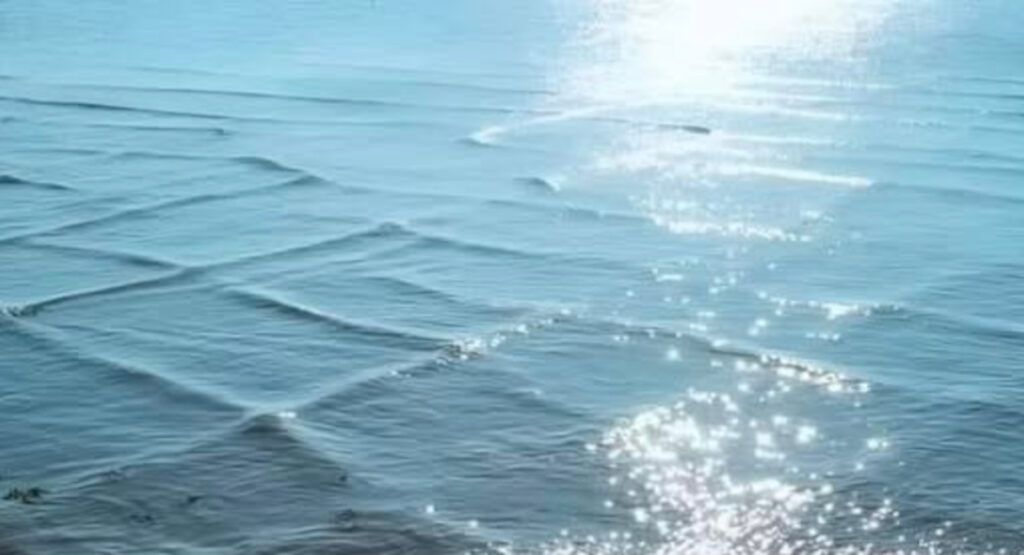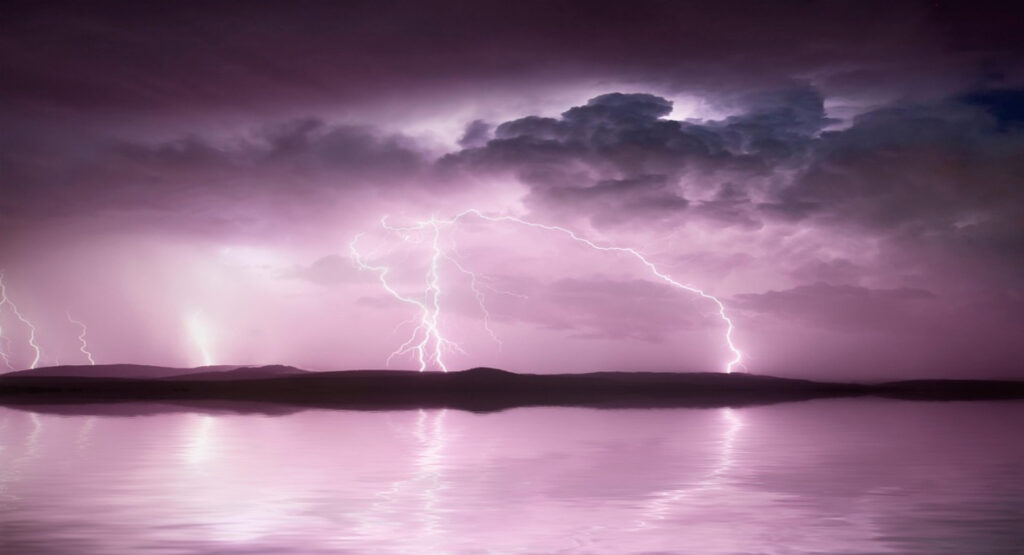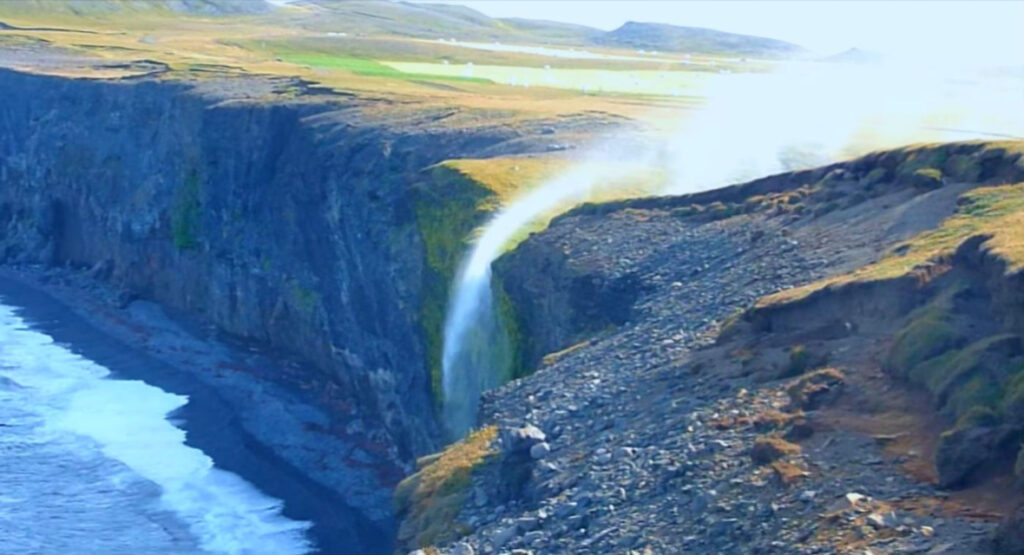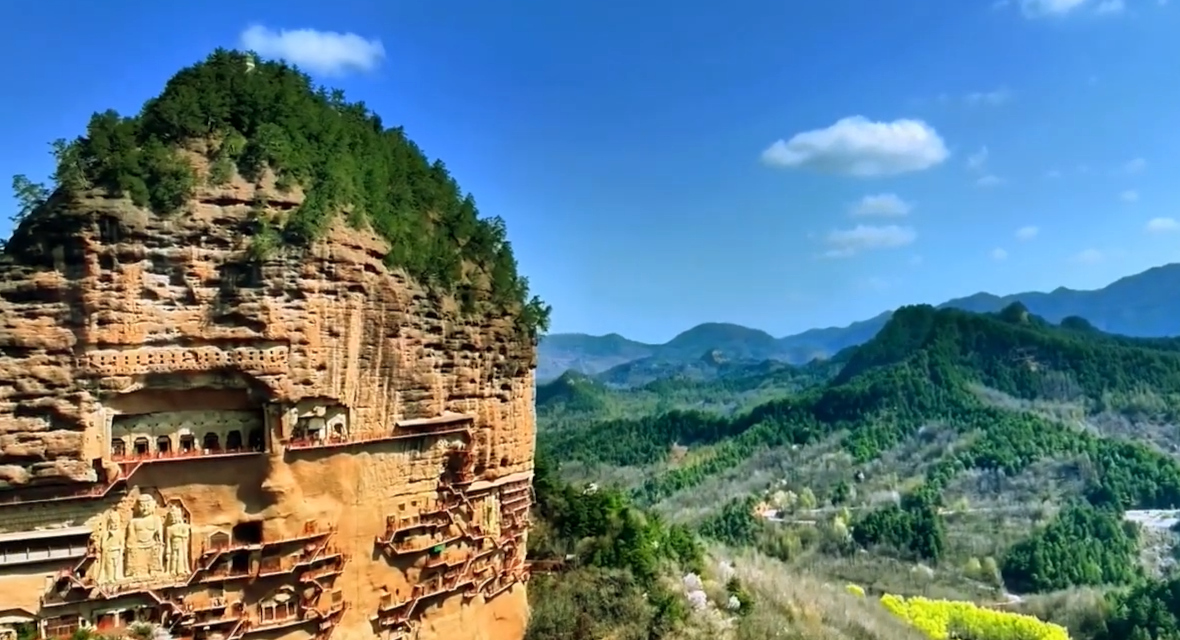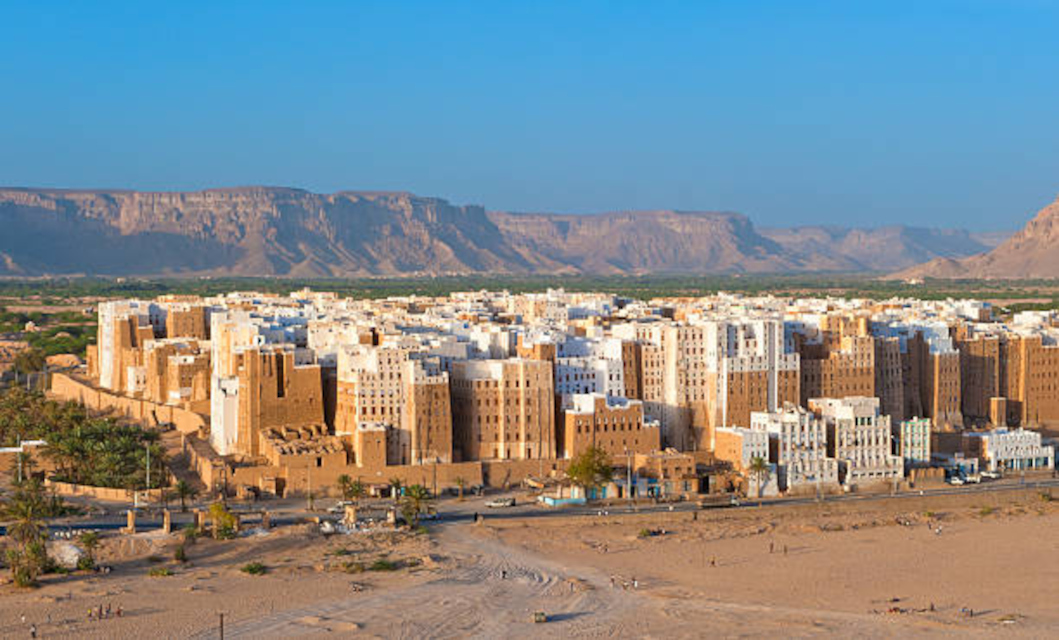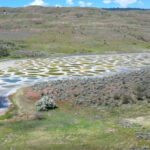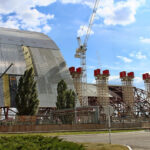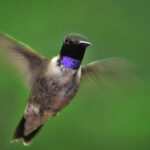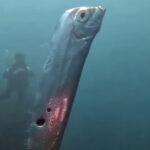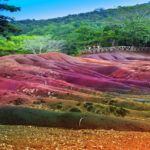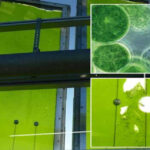Now Reading: The Enchanting Blue Rivers of Greenland: A Journey Through Petermann Glacier
-
01
The Enchanting Blue Rivers of Greenland: A Journey Through Petermann Glacier
The Enchanting Blue Rivers of Greenland: A Journey Through Petermann Glacier
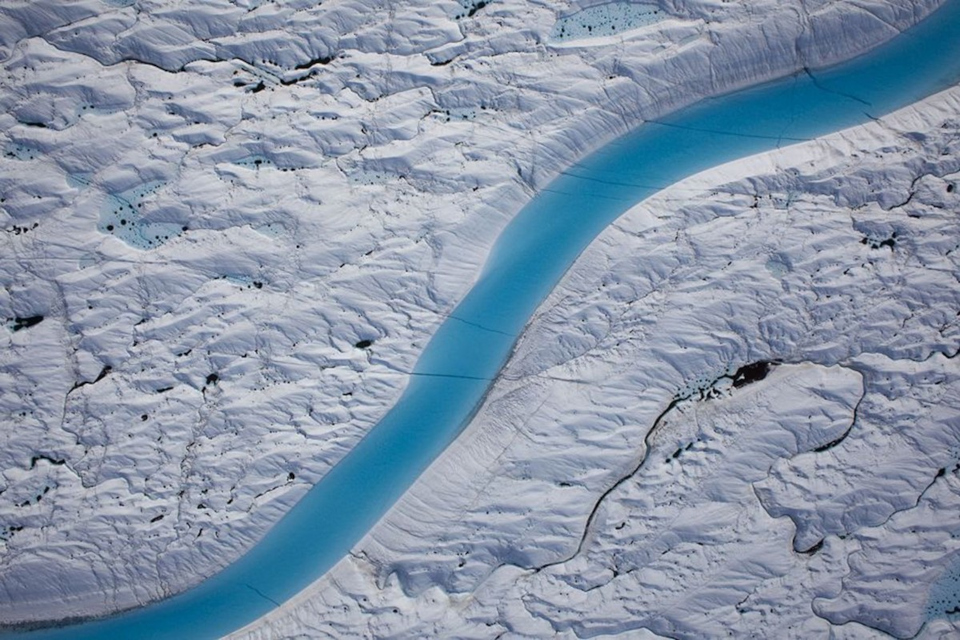
Nestled within the Arctic expanse of northern Greenland, the Petermann Glacier is a striking testament to nature’s beauty and power. Among its most mesmerizing features are the winding, sapphire-blue meltwater rivers that course across its icy surface, carving ephemeral paths through the glacier’s frozen expanse. These stunning waterways, formed by the seasonal melting of ice, are a visual spectacle that captivate scientists, photographers, and adventurers alike.
The Science Behind the Blue Rivers
The electric-blue color of these glacial rivers is a result of the way light interacts with ice and water. As sunlight penetrates the glacier, it is absorbed and scattered, with shorter wavelengths, such as blue, reflecting back more intensely. The vibrancy of the blue hue depends on the density and purity of the ice, with older, compacted ice allowing less air to interfere with the light, thereby enhancing the deep blue effect.
The meltwater rivers originate from surface melting, influenced by rising Arctic temperatures. When sunlight heats the glacier surface, it melts the ice and forms small pools of water. These pools coalesce, and the water begins to flow along the path of least resistance, carving channels and sometimes even forming vast networks of interconnected streams. The process is further amplified by a phenomenon known as the “melt-albedo feedback,” where the darker water absorbs more solar radiation than the surrounding ice, accelerating localized melting.
As the water travels, it can create moulins—vertical shafts that channel meltwater deep into the glacier, potentially reaching the glacier bed. This subglacial meltwater plays a crucial role in glacial movement, lubricating the base and influencing the glacier’s speed as it flows toward the ocean. Scientists monitor these rivers carefully, as increased surface melt and moulin formation could contribute to faster ice loss and rising sea levels.
The Dynamic Landscape of Petermann Glacier
Petermann Glacier, one of Greenland’s largest and most dynamic glaciers, extends approximately 70 km (43 miles) from the interior of the ice sheet into the Arctic Ocean. This massive glacier has been the subject of intense scientific study due to its role in global sea-level rise and its sensitivity to climate change. The periodic calving of icebergs from its floating ice tongue further illustrates the glacier’s dynamic nature.
The meltwater rivers on Petermann Glacier are not permanent; they form during the warmer months and vanish as temperatures drop. Their transient beauty underscores the fragile and ever-changing nature of the Arctic environment. Scientists closely monitor these rivers as they provide crucial insights into glacial hydrology and the potential for increased ice loss due to climate warming.
Exploring the Ice Rivers: A Journey Like No Other
For those fortunate enough to witness these breathtaking rivers firsthand, the experience is nothing short of magical. Scientists, explorers, and photographers often embark on expeditions to capture the fleeting beauty of the blue rivers. Using drones and satellite imagery, researchers study their patterns and movement, gaining valuable data on how meltwater influences the glacier’s stability.
Traveling through this icy wonderland requires specialized equipment, knowledge of glacial terrain, and an appreciation for the fragile Arctic ecosystem. The sound of flowing water juxtaposed against the silence of the frozen landscape creates an almost surreal atmosphere, reminding visitors of the powerful yet delicate balance of nature.
The Future of Petermann Glacier and Its Blue Rivers
Climate change continues to alter Greenland’s ice landscape, and the Petermann Glacier is no exception. Rising temperatures lead to increased surface melting, which in turn accelerates glacial retreat. This process contributes to global sea-level rise and has widespread implications for coastal communities worldwide.
One concerning factor is the potential destabilization of the glacier’s floating ice tongue. As more meltwater flows into the glacier through moulins and crevasses, the structural integrity of the ice can weaken, increasing the likelihood of large-scale calving events. The loss of such ice masses could further speed up the glacier’s flow into the ocean, exacerbating ice loss.
Another impact of the warming Arctic is the possibility of increased meltwater river formation. If temperatures continue to rise, these rivers may become more frequent and extensive, leading to greater meltwater penetration into the glacier system. While these rivers provide valuable scientific insights, their growing presence signals an accelerating trend in ice loss that requires urgent attention.











